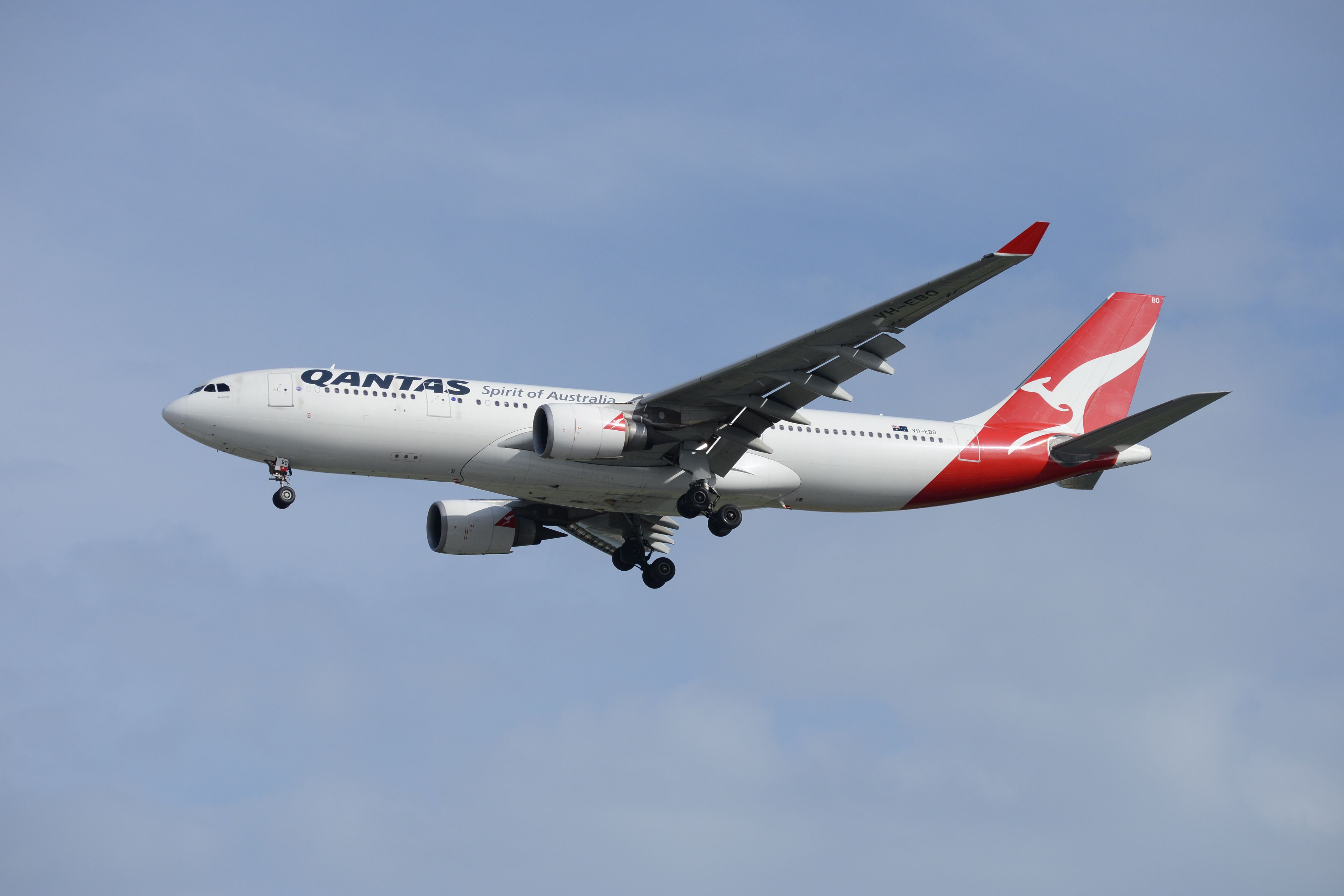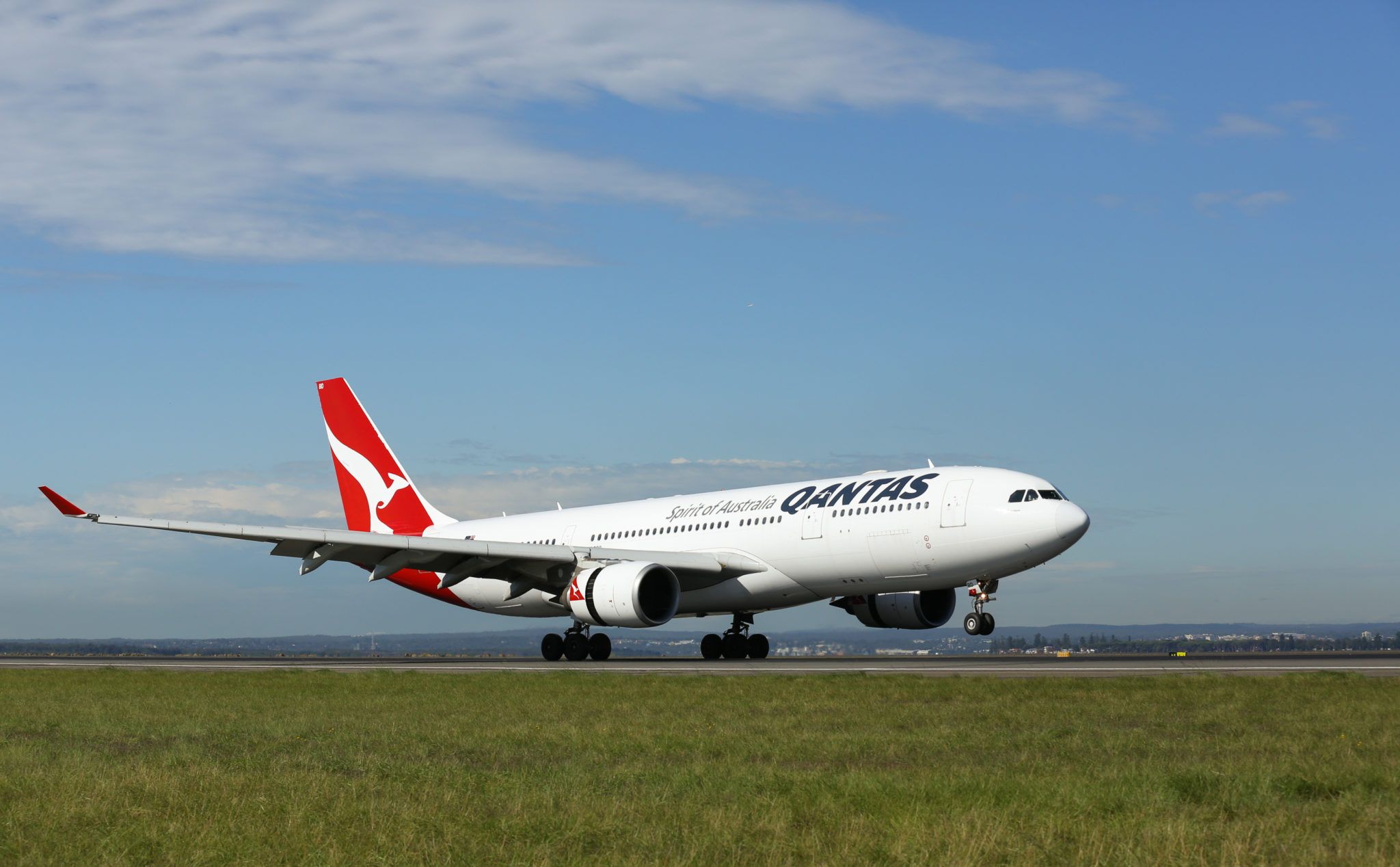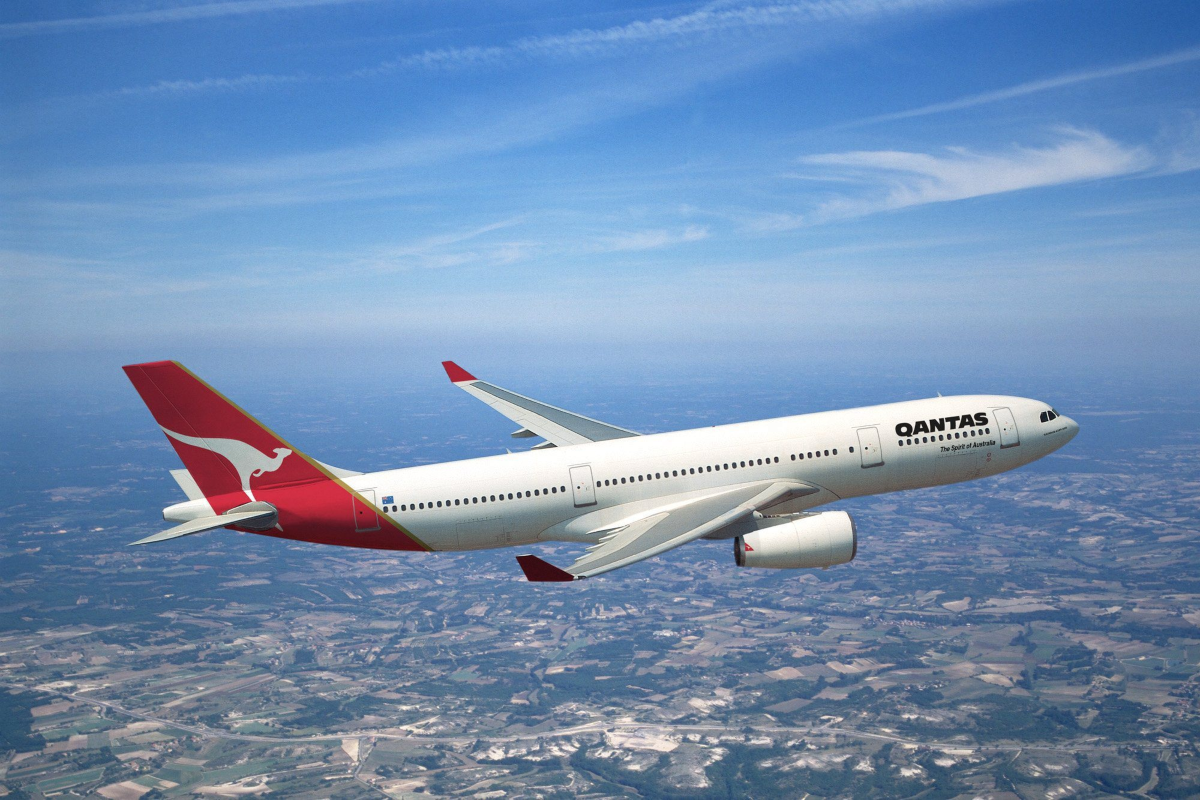A Qantas flight from Adelaide to Perth was forced to turn back mid-flight when it was discovered that it had incorrect paperwork onboard. The Airbus A330, operating as QF887, was 45 minutes into its three-hour flight before the error was discovered.
According to Qantas, there were no technical issues with the aircraft, but the engineering paperwork onboard had not been finalized and did require sign-off prior to departing Perth.
This is just one in a litany of missteps the Australian flag carrier has experienced since the start of the year.
The Qantas incidents of 2023 so far...
On January 18, QF144, a Boeing B737 en route from Auckland, New Zealand to Sydney, issued a mayday call over the Tasmanian Sea after experiencing an engine failure. Despite the loss of one engine, the crew was able to land the aircraft and its 145 passengers safely in Sydney.
The following day, QF101 operating from Sydney to Nadi, Fiji, returned to Sydney after a flight deck warning light alerted the pilots to a possible mechanical malfunction.
On January 20, another Boeing B737 aircraft bound for Sydney from Melbourne was forced to turn back due to a minor engine issue. On the same day, a Qantas Boeing B717, also originating in Melbourne, destined for Australia’s capital of Canberra, was also forced to turn back to Melbourne when the crew experienced flap issues.
On the evening of January 22 QF102 operation from Nadi to Sydney was forced to return to Fiji after the crew detected fumes in the passenger cabin.
While mechanical issues are common in the airline industry, it is rare to have so many these mid-flight problems arise in such a short space of time. Although the year appears to have started off badly, all the Qantas aircraft landed safely, and there were no injuries.
Qantas responds to the operational issues
Andrew David, Qantas’s domestic and international CEO, issued a statement concerning the airline’s operational issues. Stressing the need to put things in context, he said,
“Across aviation, there are diversions and air turn backs happening every day for a range of reasons. They usually reflect an abundance of caution and that’s why flying is such a safe way to travel.
“We understand that when you hear reports of planes turning around, it’s concerning. But people can be assured that aviation is built on safeguards, and one of those safeguards is that if something isn’t right, we take a conservative approach to the problem rather than pressing on.”
He went on to add,
“Aircraft are complex pieces of machinery with millions of moving parts, and it’s not uncommon to have a problem with one of them. What’s important to know is that aircraft are designed with that in mind and have a lot of built-in redundancy, and our crews are trained to deal with those situations so that they can land safely”.
Government and industry support
Qantas appears to have the support of not only the Government of Australia but also industry experts.
In a statement, the Civil Aviation Safety Authority said it’s
“...confident Qantas is operating safely and has confidence in its safety management systems. Australia has one of the safest aviation industries in the world and travelers should have confidence when they fly.”
Steve Purvinas, who heads the Australian Licensed Aircraft Engineers Association, did offer support but tempered his comments with respect to Qantas’s fleet.
“The unrelated nature of the events of the past week indicates there’s not a systemic problem at Qantas. It’s just a series of events that are close together by coincidence, but the age of the fleet doesn’t help matters.”



